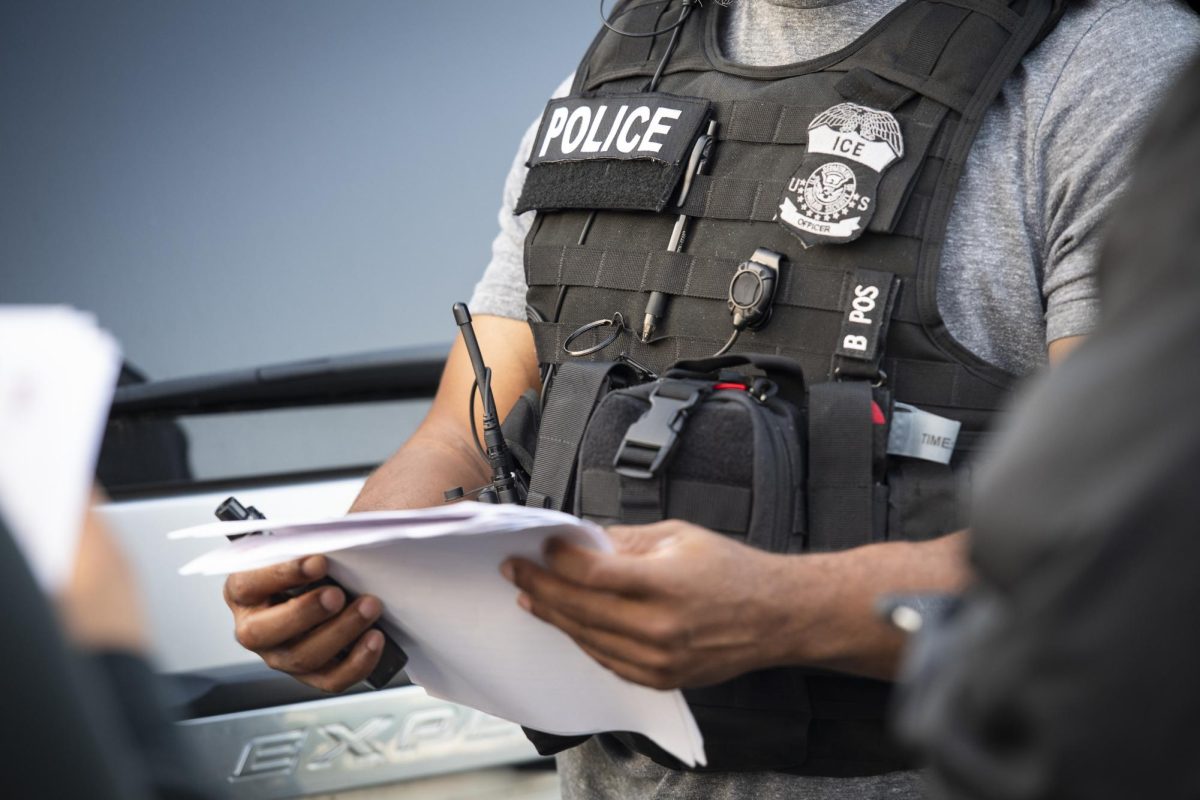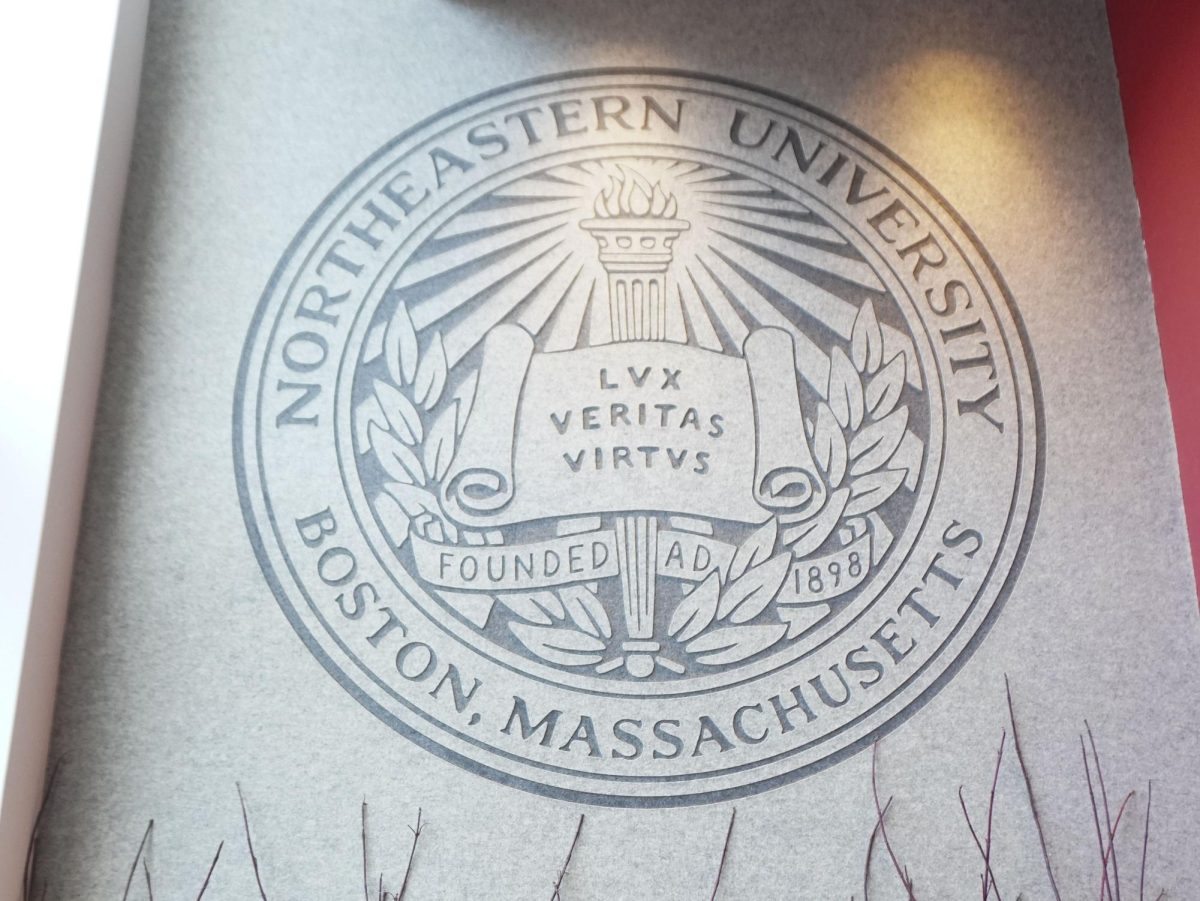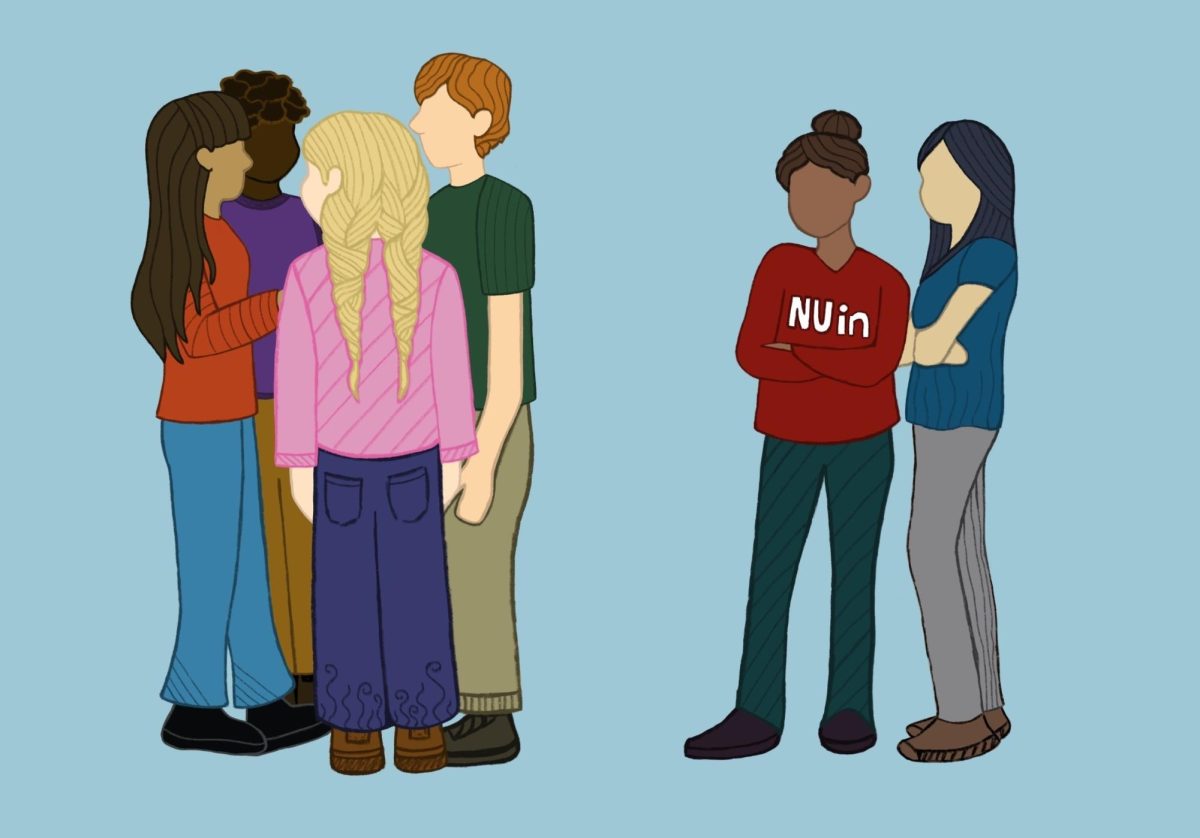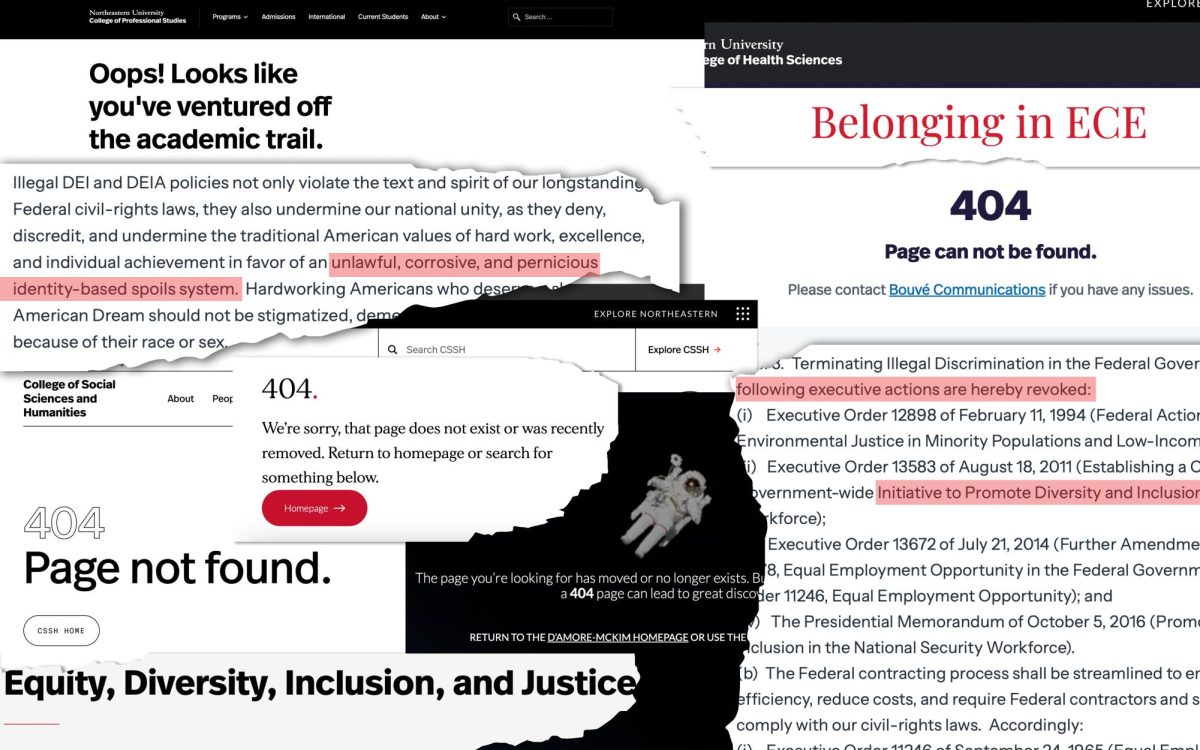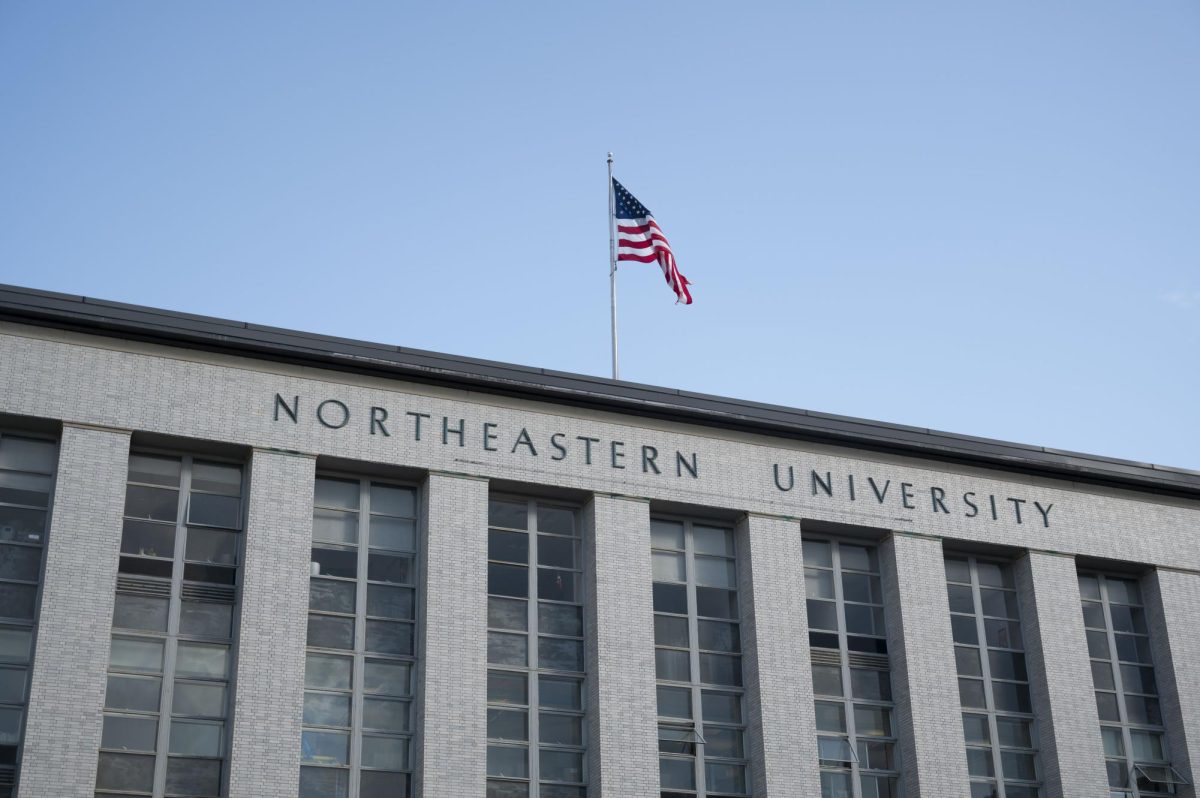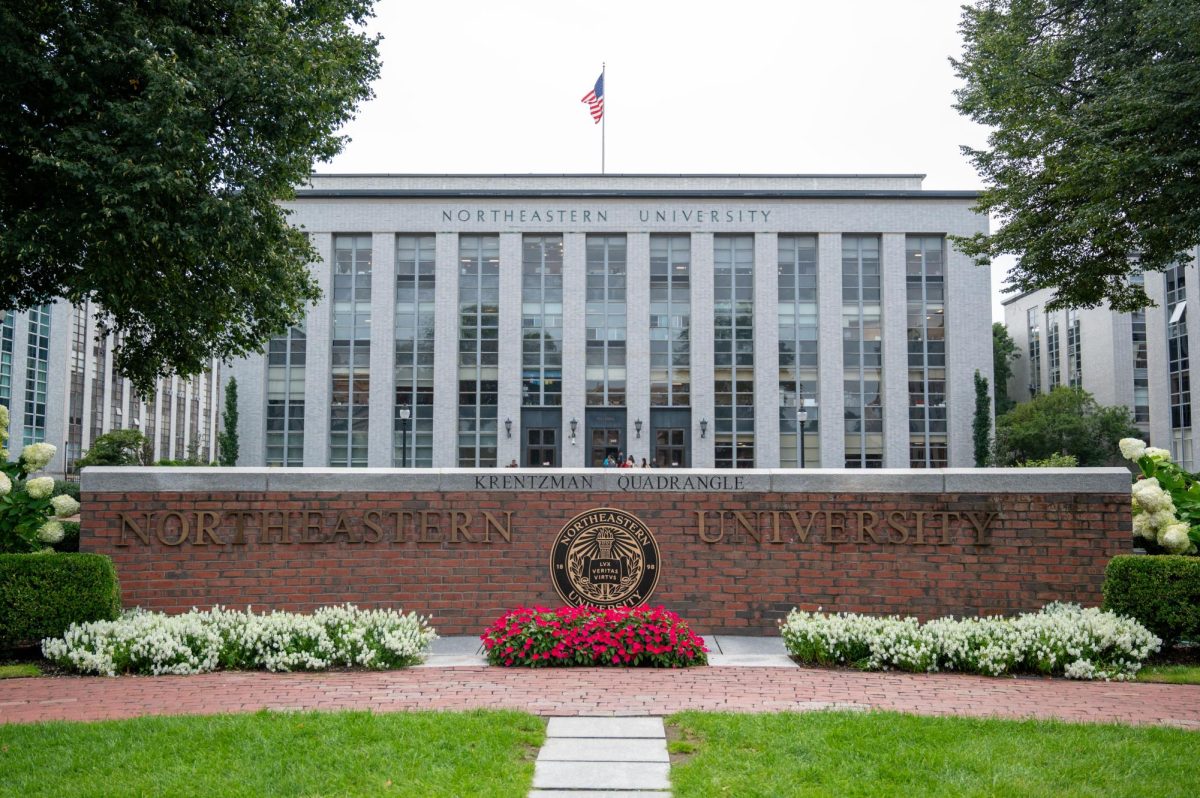Every four years, New Year’s is one of my favorite times of the year because it happens to coincide with the start of the presidential primaries. This happens to be one of those years. As I was anxiously awaiting the results of the Iowa caucuses, waiting to see if Barack Obama would beat out Hillary Clinton or if Mike Huckabee could actually win, I began to realize something quite alarming: I was alone in my excitement.
While sitting around with friends, I mentioned Super Tuesday, when 24 states will hold primaries or caucuses Feb. 5, and received blank stares as a response.
And it’s not even just a complete lack of knowledge and interest; a majority of my friends are not even registered to vote.
I realize I am largely alone among my peers in my extreme love of politics, and I understand that not everyone is going to be as excited as I am about who’s getting outspent or who’s getting attacked in campaign ads. But to not even be a registered voter only further cements the unfair stereotype that we, as a generation, are apathetic and lazy, not caring about anything going on around us.
Politicians realize the importance of the young vote, and it’s paying off. According to the CNN entrance poll before last week’s Iowa caucuses, young voters are what pushed both candidates over the top. Final results showed 57 percent of 17-29 year olds voted for Obama and 40 percent in the same age bracket voted for Huckabee. Both candidates are known for appealing to young voters, because they realize the importance of issues to youth and offer variety among a laundry-list of other politicians.
As disheartening as my discovery of indifference among my friends is, young voter turnout is on the rise. According to Rock the Vote, a non-partisan, nonprofit organization started in 1990 with the purpose of promoting political advocacy among young people, young voter turnout increased by 4.3 million from 2000 to 2004. The Iowa caucuses shows that this election will probably see similar increases since the total turnout for the 17-29 age group was triple the amount in the 2004 election, according to the Center for Information Research on Civic Learning Engagement (CIRCLE). More than 65,000 voters under the age of 30 made their voices heard. More than 52,000 of those were Democrats, which made up 22 percent of the party’s total vote. This is about twice the normal amount in presidential caucuses, according to CIRCLE.
“Younger Americans are doing their part, registering to vote, paying more attention to issues and politics, and now turning out for the Iowa caucuses,” CIRCLE Director Peter Levine said in a Jan. 4 press release. “Now it is up to political leaders to reach out to younger Americans and run campaigns that address their issues and concerns.”
The candidates aren’t the only ones who are trying to get youth involved in politics. In Iowa, a key state in the Presidential nominating process, many non-partisan organizations ran aggressive outreach programs. The Iowa Public Interest Research Group’s New Voter Project organized a campaign to drum up high school and college students to turn out at the Iowa caucuses and be counted. Rock the Vote reached more than 20,000 students during the Iowa campaign, through class presentations, high school parties and a voter education campaign.
Candidates continue to make direct appeals to younger voters in New Hampshire and Michigan. Obama made a speech at Concord High School to an audience that was primarily younger than 25. Although New Hampshire doesn’t have a large number of young people (the average age is 40), the state was fifth for youth turnout in the 2004 election. The fact that there are 30 accredited universities in the small state impacts how candidates approach their campaigns in New Hampshire.
All of the youth in Iowa coming out of the woodwork to vote last week allayed my worries for the future of our country, since it will soon be in the hands of today’s youth. If only my friends would follow suit.
– Chelsea Reil can be reached at [email protected]




